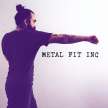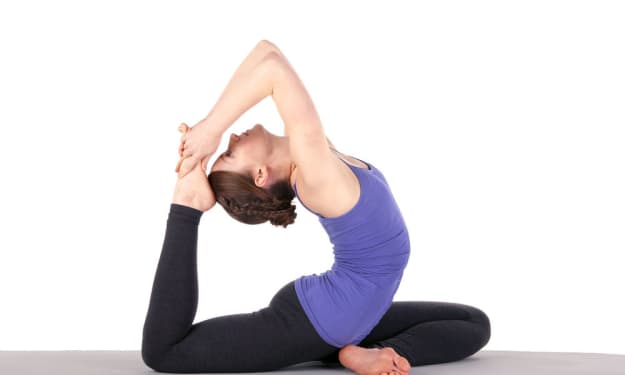Your Lower Back Pain Is Only a Symptom
And it's only going to get worse with time.

Ever gone to the chiropractor or the physiotherapist for your low back pain? What ends up happening in that session? You do a few assessments, the chiro will lay you on a table, then pop some things around the body, and then BOOM, you feel better for a little bit and you're on your way. The physio will more or less do that same thing, but instead of popping things back in/out, you are met with a few exercises to take home and work on.
What ends up happening after these sessions? You end up back at the chiropractor/physio a week or 2 later, sometimes even worse than before. Sometimes you just never go back and deal with the pain anyways. Why is that?
Because the areas they are working on are not the origin of the problem, they are a symptom of the real issue. Your body is WAAAAY more complicated than it's made out to be, and a lot of the people we give our business to are outdated in the science of the body. For example, let's talk about muscles for a second.
In the past, we believed that muscles worked in isolation. The brain/spine would send a message to the muscles, the muscles respond. So if we knew the origin and insertion points of these muscles, we could confidently go and manipulate said muscles. But that is not the case. Muscles are contained within a soft tissue called fascia. Fascia runs through the entirety of the body and is split into multiple different sections. It acts as a facilitator for our body to properly balance energy and shock so we don't destroy ourselves with every step/movement. In essence, it helps transfer force throughout the body.
The properties of fascia are similar to that of an elastic band. It is unbelievably strong, can stretch, and can be compressed as well. Just as with a rubber band, sometimes the fascia can be overly stretched (yoga), or it can be severely compressed (repetitive weight lifting, being in poor postures). When a fascia segment is stressed in an unusual way, the fascia will turn into what most people call "knots." These knots are called adhesions, and they will fixate the rest of the fascia to pull in that direction.
Let's say I sit in an office 5 days a week, for about 5-8 hours each day. The posture of sitting the way we do is unnatural to our bodies. We never as humans prioritized sitting. Our top priorities are walking, running, throwing, and breathing. So as I continue to allow my body to be in the seated position, the body will eventually come up with compensation patterns, aka, the path of least resistance. In this case, the position would be that of a head poke (head falling forward), rolled shoulders, rib cage caving downward, and the belly spilling. The femur (the leg bone that attaches to your hip) is at a 90-degree angle (possibly more), your knee is at 90 degrees (more or less), and your ankle is doing the same thing( 90 degrees.)
For this example, let us just take a look at the knee. At this 90-degree angle two things are happening;- My hamstring complex (the muscles on the back of your leg)is actively contracting, or squeezing. The fascia around that area is compressed.
- My quadriceps (muscles on the front of the legs) are in a lengthened position or being stretched.
If the fascia on my spine is compressing downward, guess what happens to the lower back?
It excessively curves. This curvature is called lordosis, and it is more common now than it's ever been. So you can massage, put heat/ice on your back, or even have someone step on your back all you want, but it's not going to do a thing unless you address the real issue.
This is just a small example, by the way. Like I stated earlier, the body is way more complex, and will require a lot more work to get rid of your pains and bad habits. This article is about bringing to light that traditional methods do not work for the long run. If you continuously have to pay someone to crack your back, only to be back there next week, you're going to a con artist, not a health care provider.
The fitness industry is far behind what we actually know about human biology and biomechanics. If you can't stay up to date with the science, you will forever be in pain. That doesn't sound very nice, does it? The awful truth is that almost everyone in society suffers from chronic pain to some degree, especially lower back pain. Our bodies are really good at masking this pain, but only for so long.
So before you go back to your chiropractor, or your physiotherapist, do a little bit of research into the works of Thomas Myers and Anatomy Trains.Realize that the body is connected at every nook and cranny, and that the daily pains you have are part of one big issue.
Thank you for taking the time to read this post! My passion is to help humans become pain-free, efficient homosapiens. What better way than with some knowledge everyone can use? I will be continuing writing more articles on the human body, and how we can learn to reduce pain, be more efficient as humans, and live long sustainable lifestyles.
About the Creator
Bhavsagar Bath
I am a personal trainer that focuses on creating a functional human.. I am here to provide worthwhile info on a subject everyone should be familiar with, their body. I also love video games, animals, and food






Comments
There are no comments for this story
Be the first to respond and start the conversation.